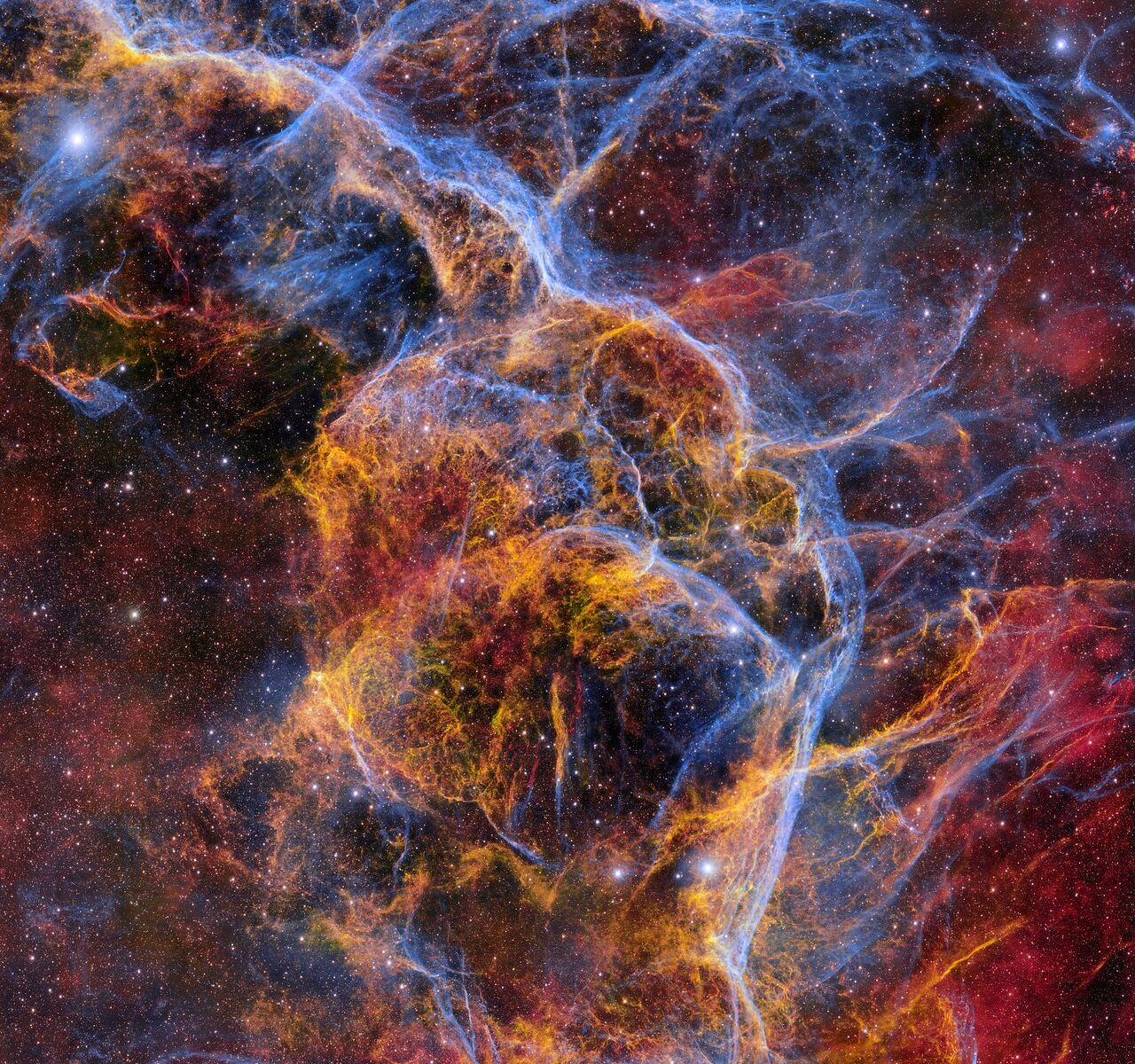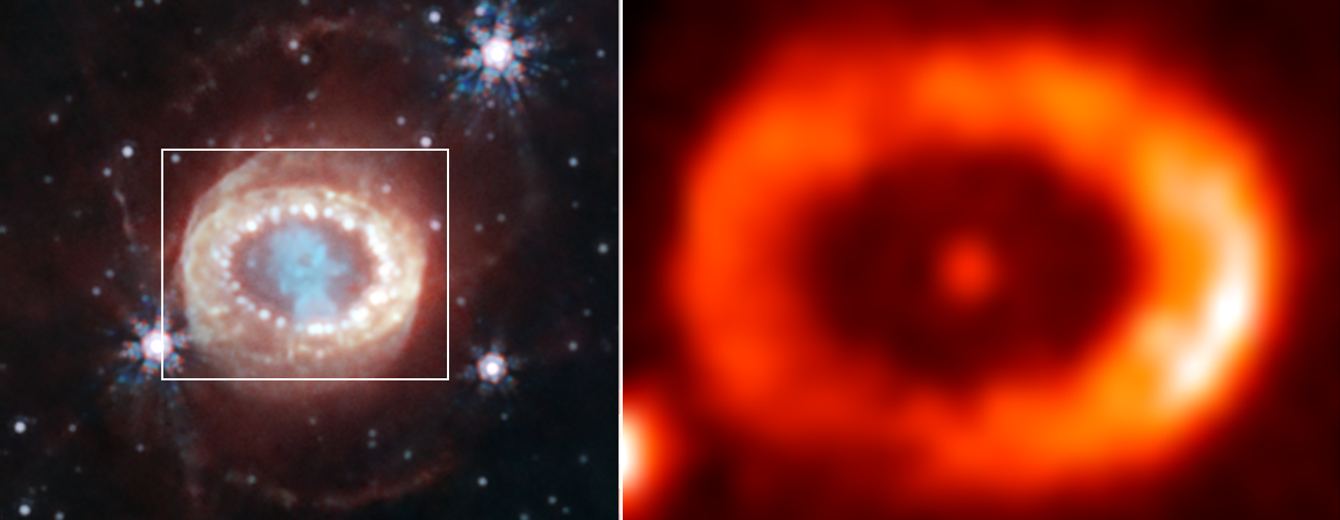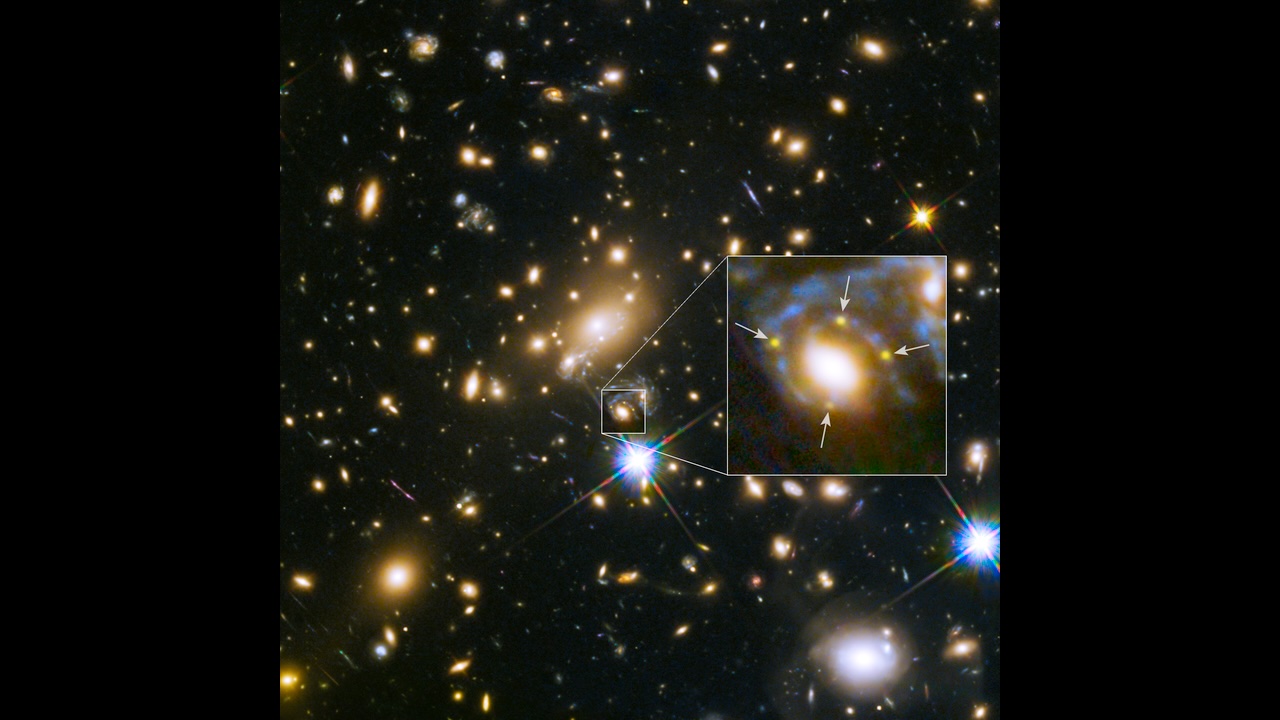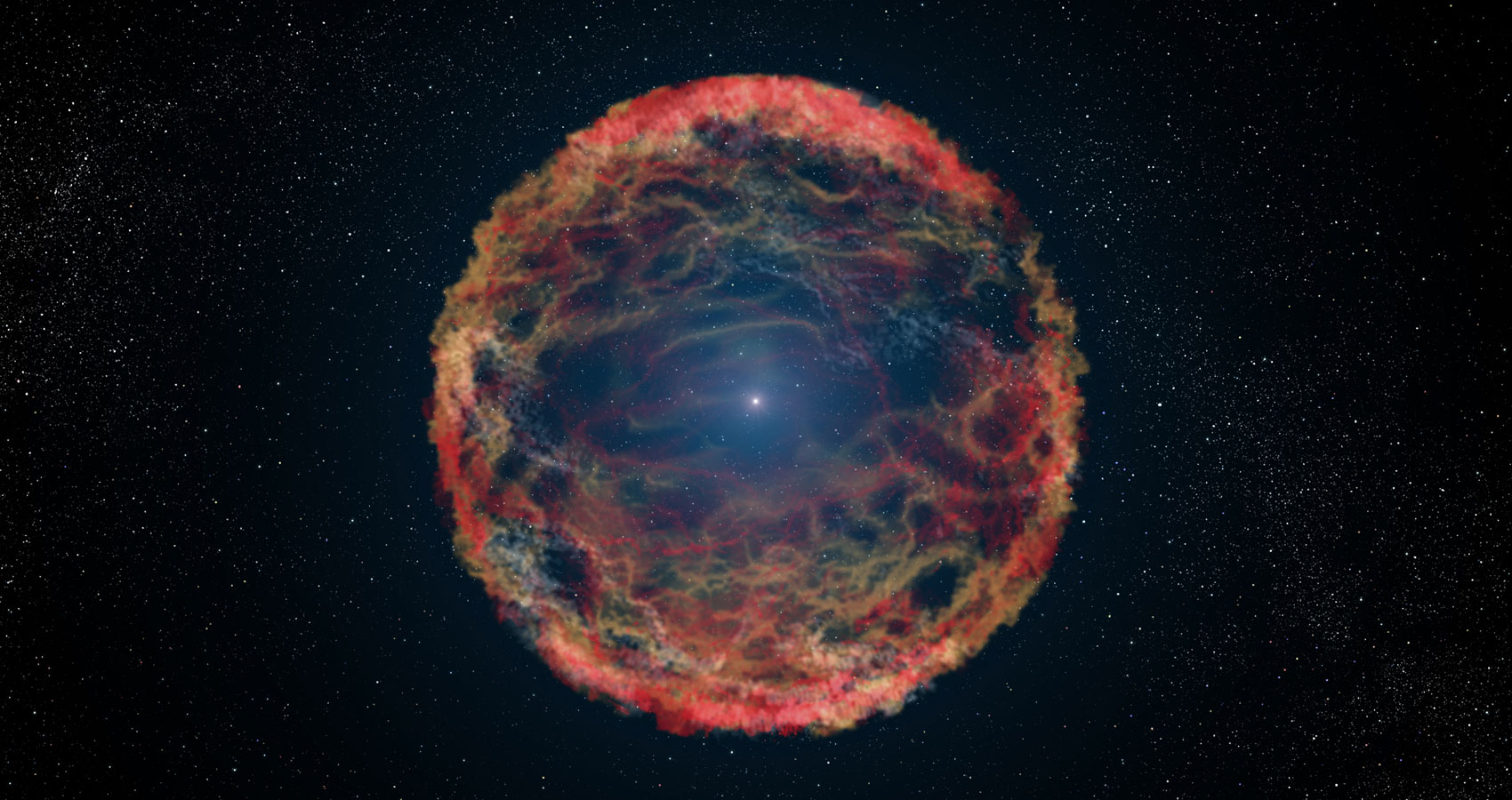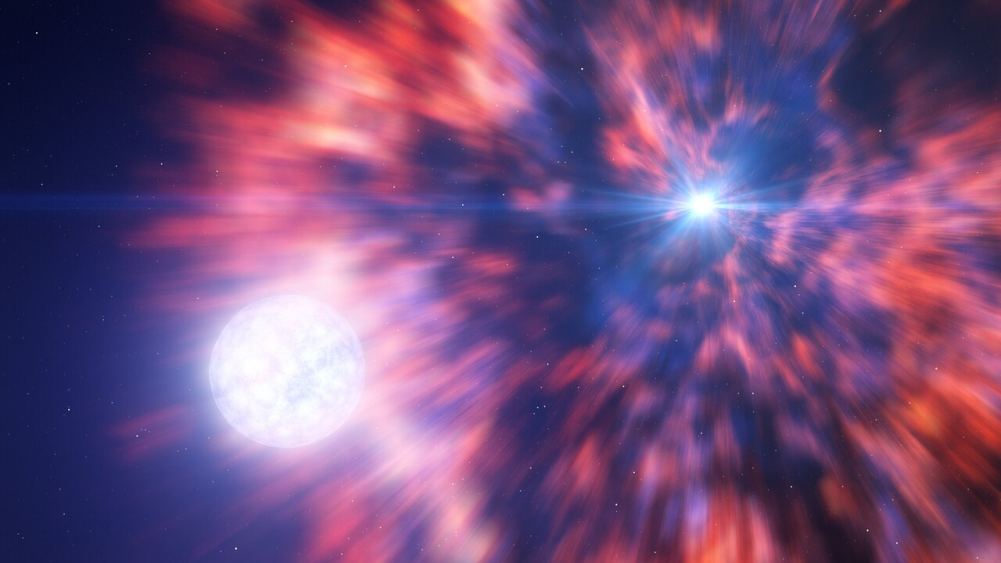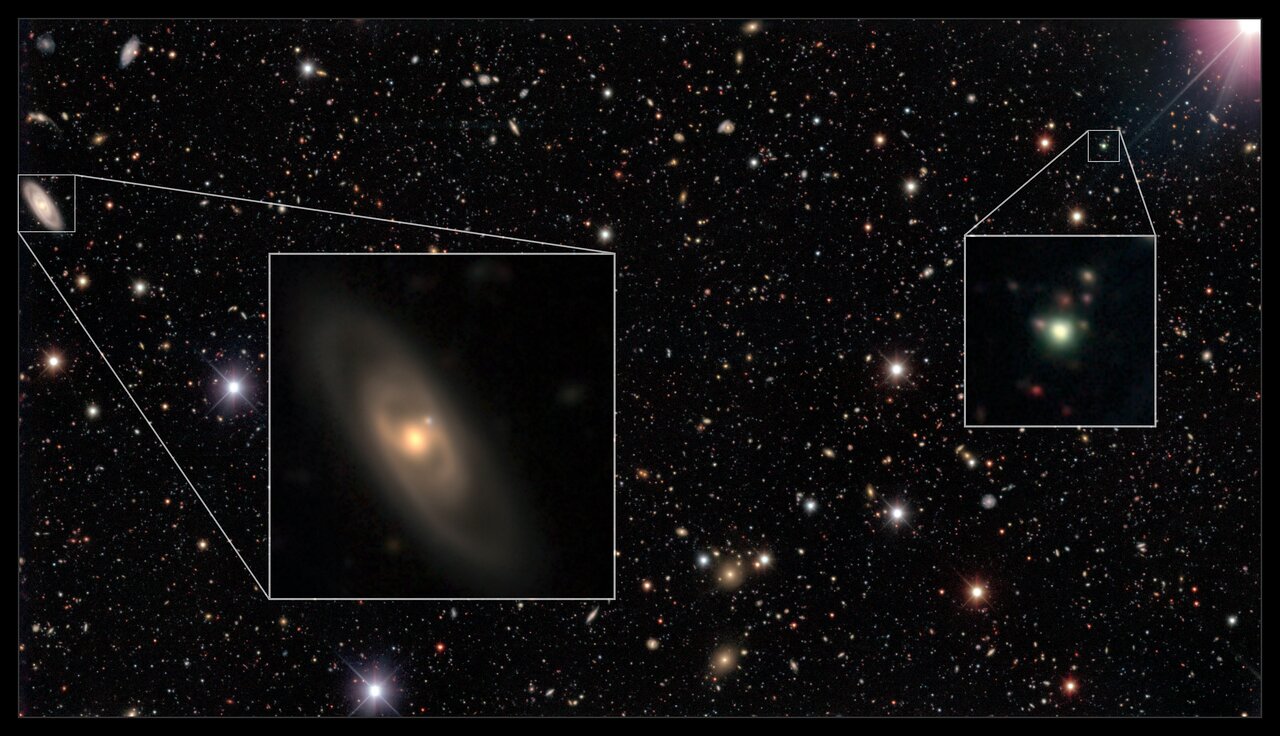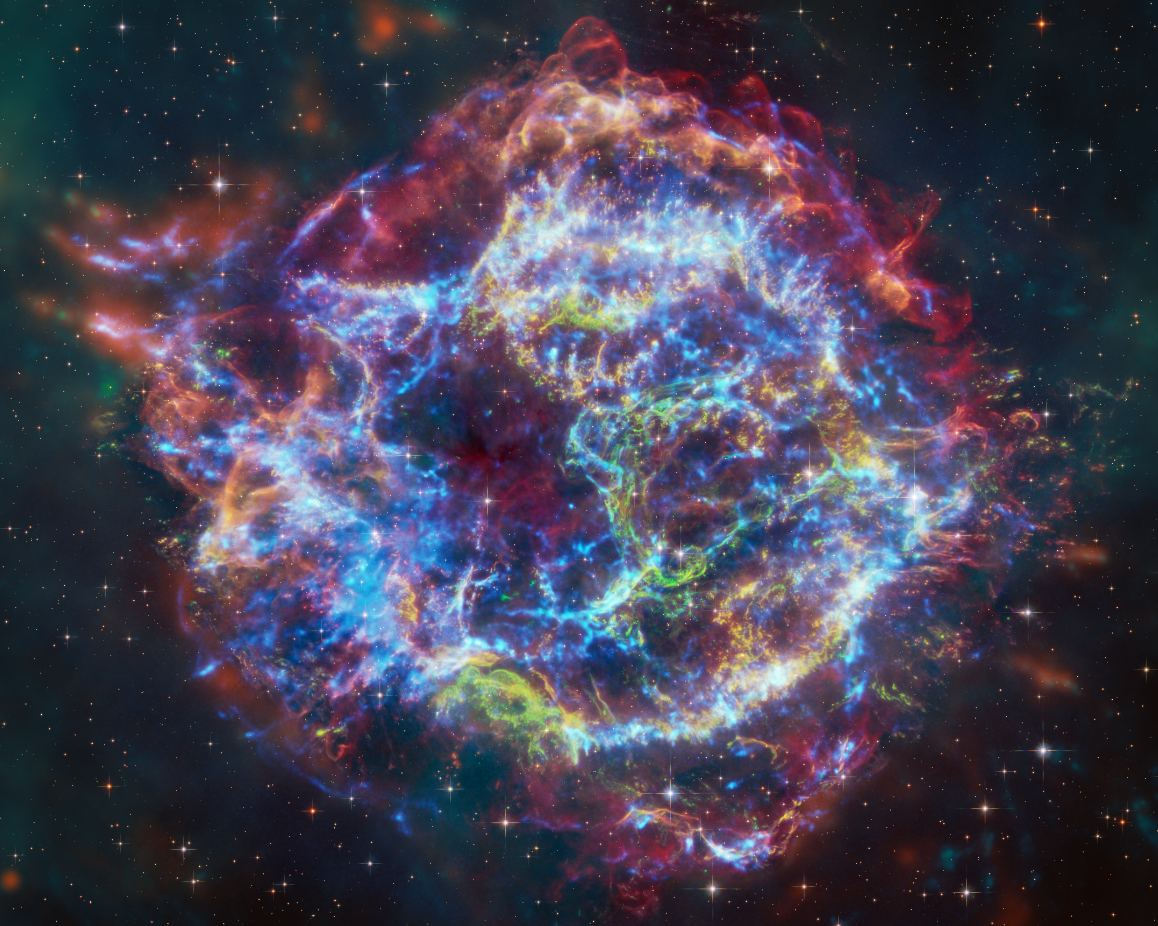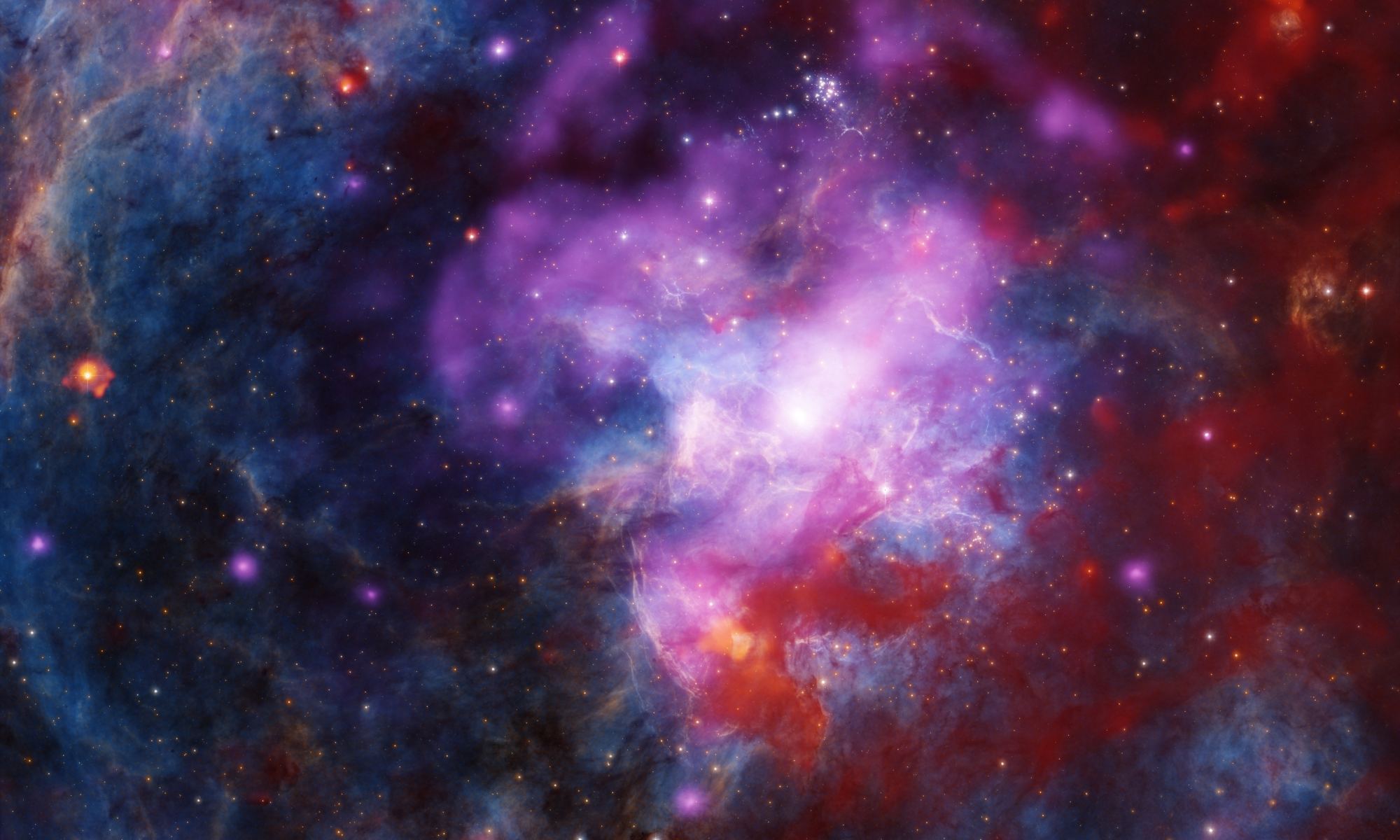Stars more massive than the Sun blow themselves to pieces at the end of their life. Usually leaving behind either a black hole, neutron star or pulsar they also scatter heavy elements across their host galaxy. One such star went supernova nearly 11,000 years ago creating the Vela Supernova Remnant. The resultant expanding cloud of debris covers almost 100 light years and would be twenty times the diameter of the full Moon. Astronomers have recently imaged the remnant with a 570 megapixel Dark Energy Camera (DECam) creating a stunning 1.3 gigapixel image.
Continue reading “This is a 1.3 Gigapixel Image of a Supernova Remnant”This is a 1.3 Gigapixel Image of a Supernova Remnant
